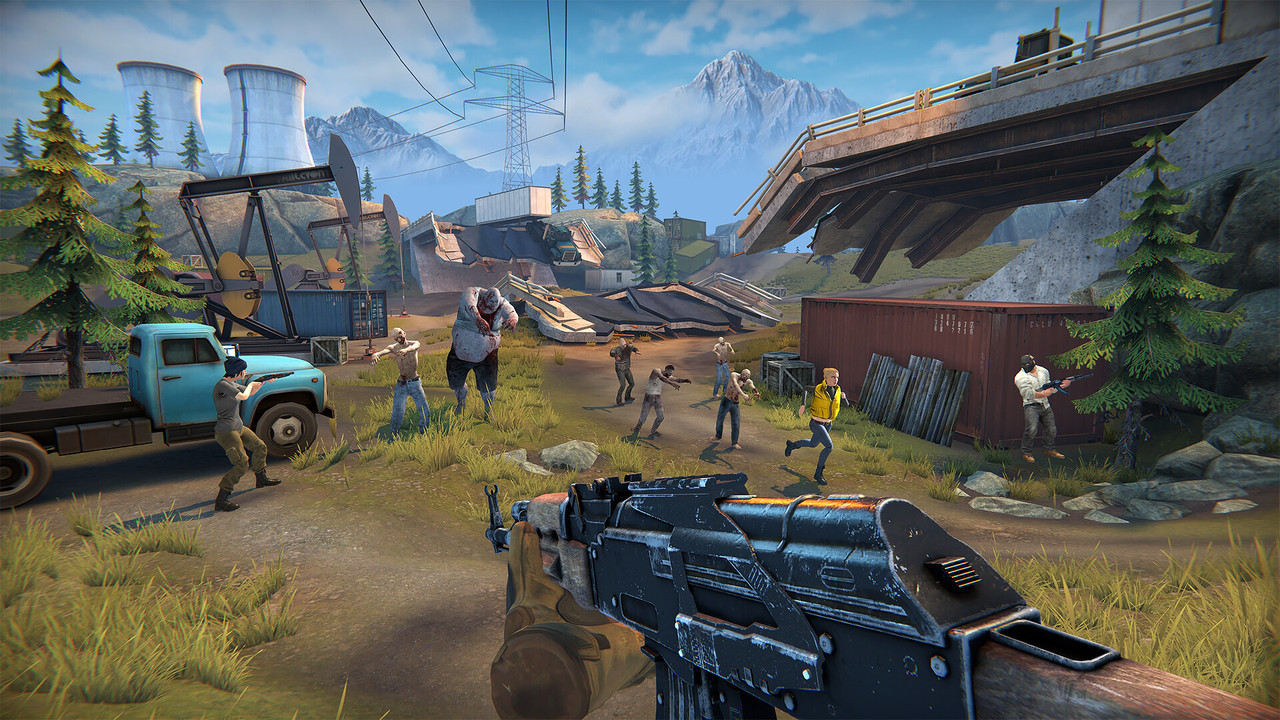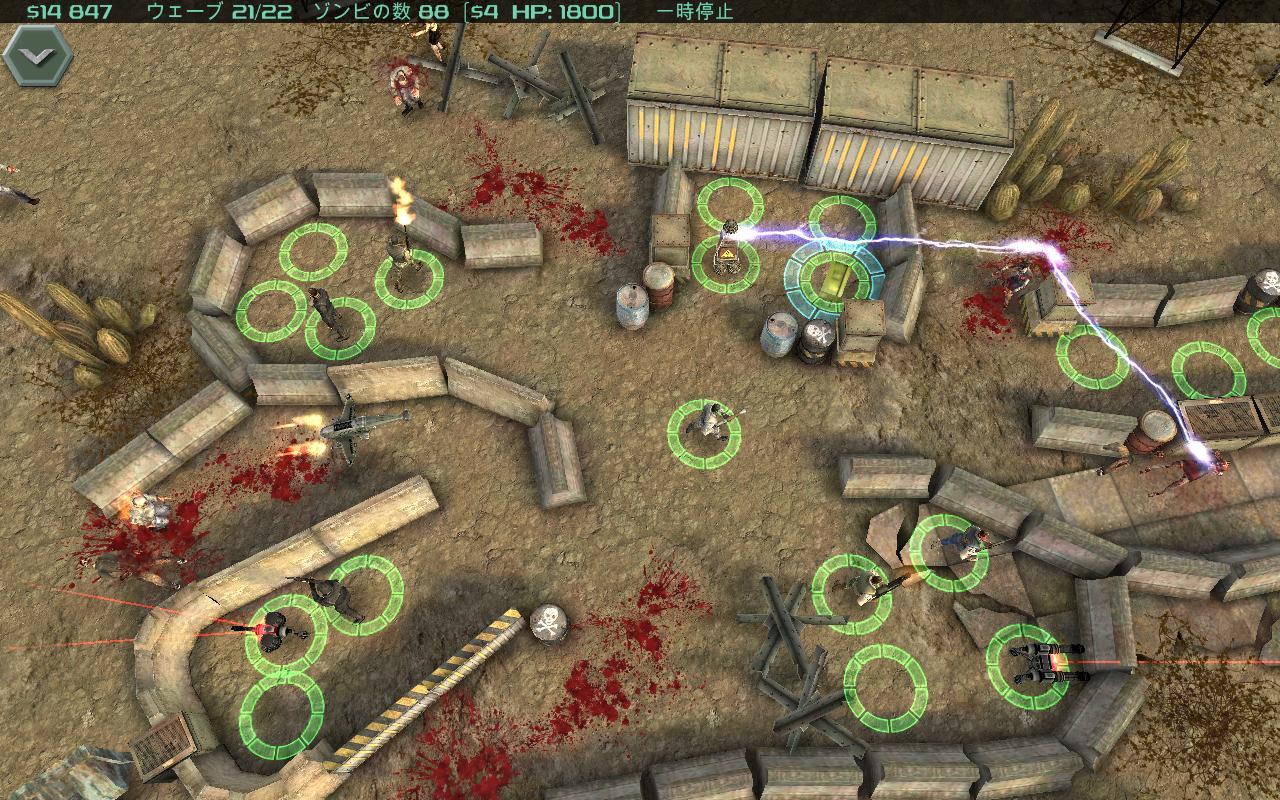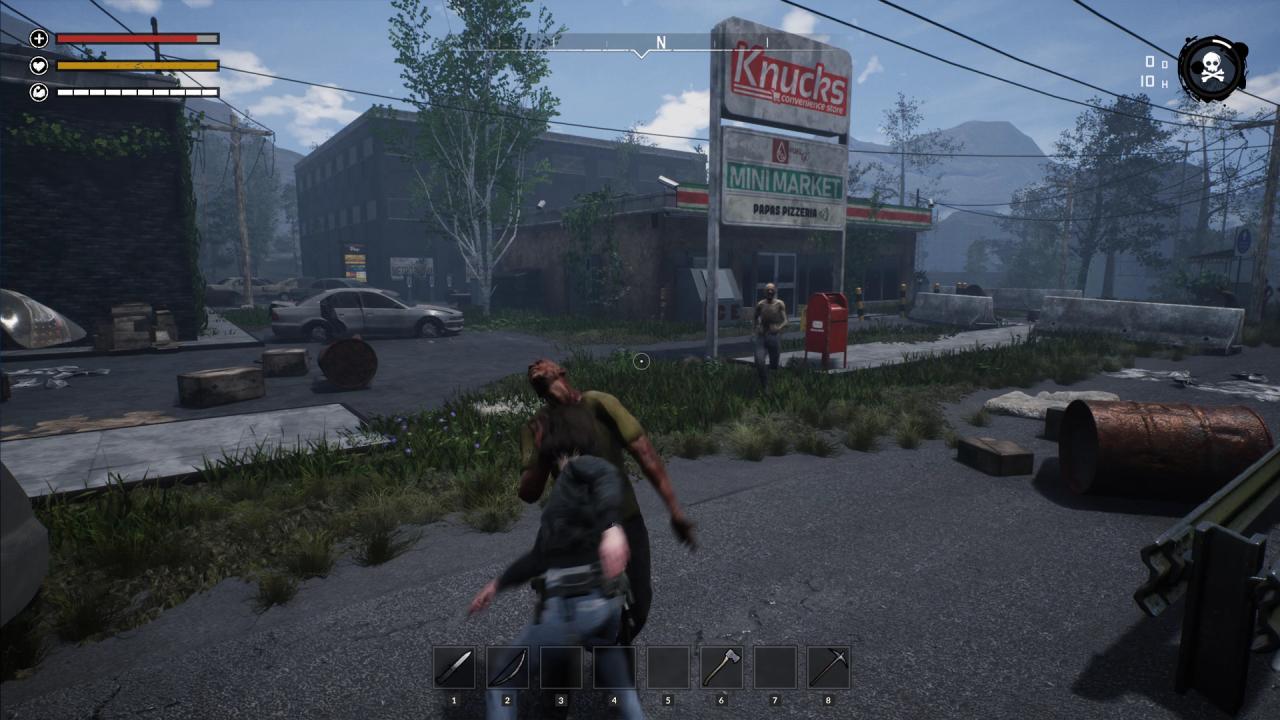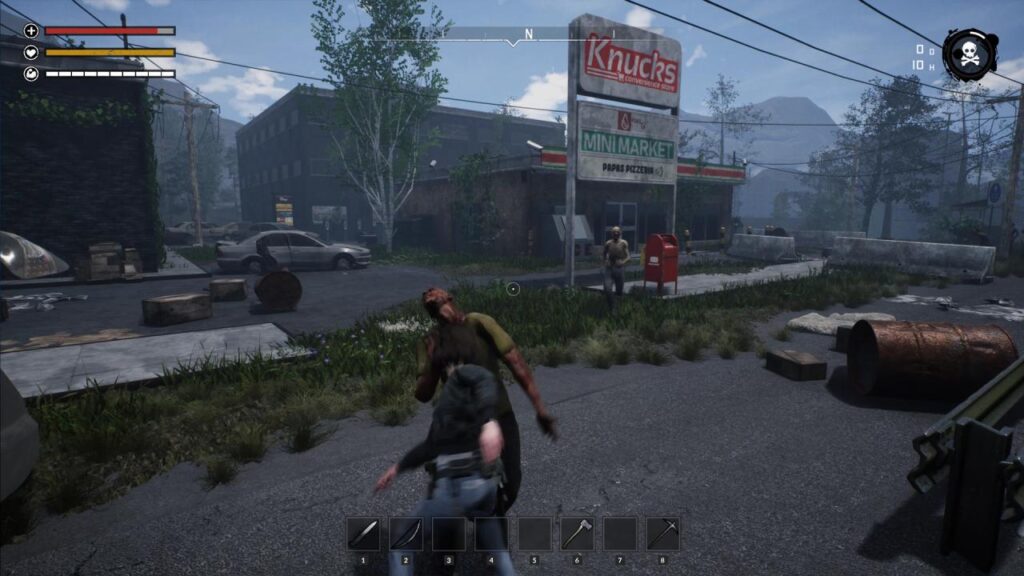Zombie games have captivated gamers for years, offering thrilling experiences filled with survival, strategy, and horror. From intense battles against waves of the undead to cooperative gameplay with friends, these games have evolved significantly, showcasing innovative mechanics and storytelling that keep players coming back for more.
In exploring the realm of zombie games, we uncover the most popular titles, delve into their unique gameplay mechanics, and examine how the genre has transformed over the last decade. Surviving in a world overrun by the undead not only tests players’ reflexes but also immerses them in rich narratives and atmospheric settings that heighten the thrill.
Popular Zombie Games

Zombie games have captivated players for decades, blending horror, action, and survival elements into thrilling experiences. These games often challenge players to navigate through hordes of the undead while managing resources, crafting weapons, and making critical decisions that affect their survival and the narrative. The evolution of this genre has seen remarkable innovations and has produced some iconic titles that stand the test of time.
Top 5 Zombie Games
The following list highlights five of the most popular zombie games, each bringing unique features and gameplay experiences that have defined the genre:
- The Last of Us – This critically acclaimed title combines intense survival gameplay with a gripping narrative, exploring themes of love and loss in a post-apocalyptic world. Players navigate through beautifully crafted environments while engaging in stealth and combat against both human and infected enemies.
- Resident Evil 2 (Remake) – A masterclass in survival horror, this remake revitalizes the classic with stunning graphics and refined gameplay mechanics. Players experience the horror of Raccoon City while solving puzzles and managing limited resources, all while evading terrifying creatures.
- Left 4 Dead 2 – Known for its cooperative multiplayer gameplay, this game pits players against waves of zombies in various scenarios. The dynamic AI director ensures no two playthroughs are the same, keeping the experience fresh and exhilarating.
- Dying Light – This title introduces parkour mechanics to the zombie genre, allowing players to traverse a vast open world seamlessly. The day-night cycle adds tension, as the zombies become more aggressive at night, forcing players to adapt their strategies.
- DayZ – Initially a mod for ARMA 2, DayZ stands out with its focus on realism and survival in a massive open world. Players must scavenge for food, medicine, and weapons while interacting with other survivors, creating a tense atmosphere where trust is scarce.
Gameplay Mechanics Comparison
Different zombie games offer varying gameplay mechanics that cater to diverse player preferences. Here are some key aspects of gameplay mechanics across popular titles:
- Combat Systems: While some games like The Last of Us focus on stealth and strategic combat, others like Left 4 Dead 2 emphasize fast-paced action and cooperative gameplay.
- Resource Management: In titles like Resident Evil 2 and DayZ, resource scarcity is a critical element. Players must carefully manage ammunition, health supplies, and crafting materials to survive.
- World Design: Open-world games like Dying Light offer a non-linear experience where players can explore and complete objectives at their own pace, while more linear experiences like The Last of Us guide players through a structured narrative.
- AI Behavior: The AI Director in Left 4 Dead 2 creates an unpredictable experience by adjusting the game’s difficulty based on player performance, leading to ever-changing scenarios.
Evolution of Zombie Games
The past decade has seen significant evolution in the zombie game genre, marked by key innovations that have shaped the way players experience these terrifying worlds.
- Advancements in Graphics: With improvements in technology, games like Resident Evil 2 (Remake) showcase realistic graphics, enhancing the immersion and horror experience.
- Open-World Exploration: Titles like Dying Light have introduced expansive environments that allow for exploration and player-driven narratives, contrasting with older, linear formats.
- Multiplayer Experiences: The rise of cooperative gameplay in games like Left 4 Dead 2 promotes social interaction, making survival a team effort where players rely on each other to navigate the undead apocalypse.
- Realism and Survival Mechanics: Games like DayZ have shifted focus towards realism, introducing mechanics that simulate actual survival scenarios, impacting player decisions and strategies significantly.
- Storytelling Approaches: Modern zombie games increasingly weave rich narratives into their gameplay, exemplified by The Last of Us, which emphasizes character development alongside combat and survival.
Game Mechanics in Zombie Games

Zombie games have captivated players by creating immersive experiences that challenge survival instincts. Central to these experiences are game mechanics such as survival elements, crafting systems, and diverse game modes. These mechanics not only enhance gameplay but also foster a deeper emotional connection between players and the virtual world they navigate, making every decision critical in the fight against the undead.
Importance of Survival Elements
Survival elements play a crucial role in zombie games, heightening the tension and urgency of gameplay. Players must manage resources like health, ammunition, and food while navigating hostile environments filled with threats. The necessity to scavenge for supplies and make strategic choices creates a sense of realism that immerses players in the game. This constant pressure to survive leads to exhilarating moments and promotes a deep engagement with the game world.
“Survival mechanics amplify the stakes, making every encounter with zombies a test of skill and strategy.”
In games like “The Last of Us” and “DayZ,” survival elements are not just mechanics; they define the player’s experience, often requiring players to make difficult choices that can lead to dire consequences. Players often find themselves weighing the risks of exploring a dangerous area against the potential rewards of finding vital resources.
Role of Crafting Systems
Crafting systems in zombie games enhance player creativity and strategy, allowing them to build weapons, tools, and shelters from scavenged materials. This mechanic adds a layer of depth, encouraging exploration and experimentation. Games such as “7 Days to Die” and “State of Decay” incorporate robust crafting systems that empower players to tailor their gameplay experience based on their play style.
The crafting process often involves gathering specific resources, which can be done through looting or harvesting. For example, in “7 Days to Die,” players can combine items like wood, metal, and cloth to create fortifications or traps to defend against zombie hordes. The complexity and variety of crafting options can lead to unique strategies and gameplay experiences.
Impact of Different Game Modes
The introduction of various game modes, such as co-op and battle royale, significantly impacts player engagement and interaction. Each mode offers distinct advantages and caters to different player preferences.
Co-op modes, seen in titles like “Left 4 Dead” and “World War Z,” encourage teamwork and collaboration, fostering social connections among players. The necessity of coordinating strategies and sharing resources enhances the overall experience, often resulting in memorable moments of cooperation against overwhelming odds.
On the other hand, battle royale modes, as showcased in games like “Call of Duty: Warzone,” introduce competitive elements where players must outlast others in a shrinking play area filled with zombies. This creates intense scenarios that challenge individual skill and decision-making under pressure.
“The choice of game mode can redefine the entire experience, shifting the focus from survival to strategy or teamwork.”
Both modes keep the gameplay fresh and engaging, allowing players to choose how they wish to experience the zombie apocalypse. The diversity of game modes ensures that there’s something for everyone, whether they prefer working as a team or competing against others in a survival of the fittest scenario.
Storytelling and Atmosphere in Zombie Games

Zombie games not only challenge players with survival mechanics but also immerse them in rich narratives and atmospheric settings that heighten the gaming experience. The interplay of storytelling and environment serves to create a compelling backdrop against which players navigate fear, tension, and moral dilemmas. This fusion of narrative depth, sound design, and environmental storytelling shapes the player’s journey through a world overrun by the undead.
Narratives in Notable Zombie Games
The storytelling in zombie games often revolves around themes of survival, loss, and humanity’s resilience in the face of apocalyptic chaos. Here are three notable examples that exemplify this narrative depth:
- The Last of Us: This game presents a poignant story about the bond between Joel and Ellie, set against a backdrop of a fungal infection that decimates humanity. Through cinematic storytelling, players experience themes of love, loss, and the moral complexities of survival. The emotional depth of the characters draws players into a world where every choice carries significant weight.
- Resident Evil 2 (2019): A remake of the classic, this game intertwines horror and survival in Raccoon City. The narrative unfolds through various character perspectives, particularly Leon and Claire, as they uncover the horrors wrought by the Umbrella Corporation. The tension escalates with each inch gained in the richly detailed environments, amplifying the sense of dread.
- Dying Light: With a day/night cycle that affects gameplay, Dying Light’s story follows protagonist Kyle Crane as he navigates a zombie-infested city. The narrative explores themes of choice and consequence, with player decisions impacting relationships and outcomes. The atmosphere shifts from vibrant daylight to terrifying darkness, utilizing the environment to keep players on edge.
Sound Design in Zombie Games
Sound design is a crucial element in manipulating the atmosphere of zombie games, enhancing the player’s immersion and emotional response. The auditory experience encompasses a range of sounds, from ambient noises to sudden audio cues that heighten tension.
“Sound is a powerful tool in horror, often eliciting fear before the visual element reveals itself.”
For instance, in Dead Space, the unsettling creaks, whispers, and sudden monstrous growls amplify the isolation and terror of space. The game’s eerie soundscape builds an anticipatory dread, making players hyper-aware of their surroundings. Similarly, in Left 4 Dead, the relentless crescendo of the infected’s screams serves as a precursor to attacks, creating an adrenaline-pumping atmosphere where players must constantly be on guard.
Environment and Setting in Zombie Games
The environment in zombie games is not just a backdrop but an integral part of the storytelling mechanism that establishes tension. The design of spaces and settings plays a vital role in creating a palpable sense of danger.
The use of various settings can be categorized into several key aspects:
- Urban Decay: Many zombie games utilize desolate cityscapes, filled with abandoned vehicles and crumbling buildings, portraying the aftermath of a societal breakdown. This creates a haunting environment where players feel small and vulnerable amidst chaos.
- Isolation: Settings that emphasize isolation—like rural areas or remote islands—heighten the sense of despair and separation from civilization, forcing players to confront their fears without immediate help.
- Dynamic Weather: Weather effects, such as rain or fog, contribute to the atmosphere by obscuring vision and creating an unsettling mood. For example, in Days Gone, dynamic weather can change the player’s strategy, adding layers to the gameplay experience.


